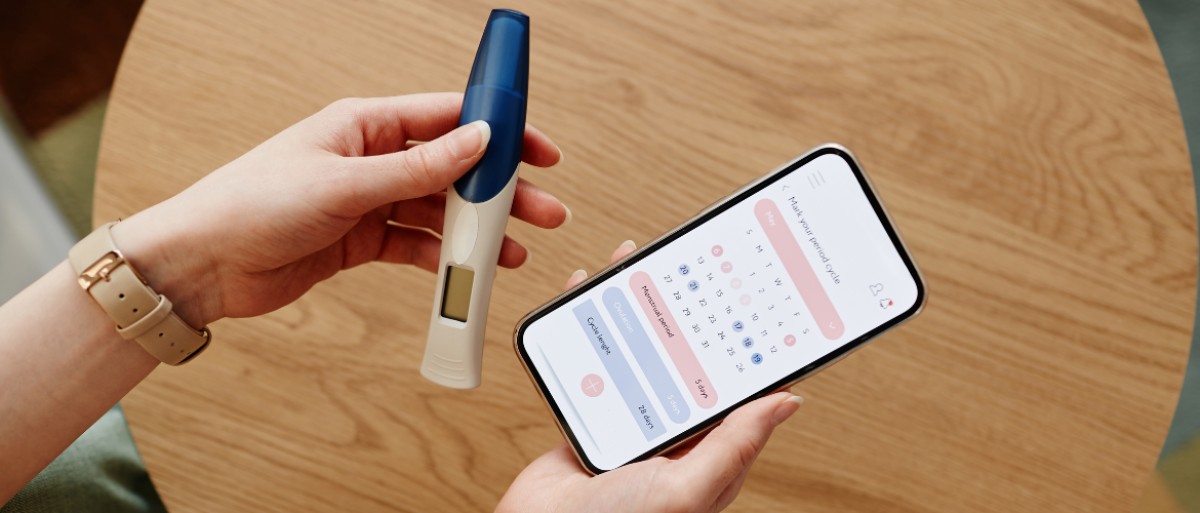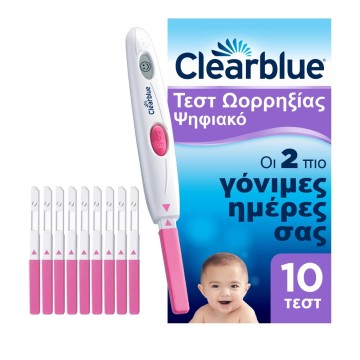Η
ovulation it is a critical stage in womanhood
menstrual cycle, during which a mature egg is released from the
ovaries. This process happens every month and is directly related to
fertility.
Symptoms of Ovulation
Η
ovulation can be accompanied by various
symptoms is covered, such as:
- Cramps or Discomfort: Some women report mild cramping or a pulling sensation in the uterine area.
- Increased Secretory Activity: Changes in the cervix and the texture of the cervical mucus may occur.
- Changes in Core Temperature: Slight increase in core body temperature.
- Changes in Mood or Sexual Desire: Some women experience increased sexual activity or mood changes.
Definition of Fertile Days
Understanding the fertile window is fundamental for women wishing to conceive. Let's examine in detail
the phases of the fertile window and their importance:
- Ovulation period: H ovulation is the moment when a mature egg is released from the ovaries. In a typical 28-day cycle, the ovulation usually happens around 14th day. However, this may vary depending on the individual length of each woman's cycle.
- Fertile Days: The fertile window includes the days before and during the day of ovulation. Specifically, the 5 days before ovulation, As well as day of ovulation, are the most fertile days in a woman's cycle. Sperm has the ability to survive inside the woman's body for up to 5 days, thus allowing conception to be achieved even if intercourse occurs before the day of ovulation.
- Importance of Symptom Observation: Some women may recognize naturally signs of ovulation, such as increased cervical mucus, changes in core body temperature, or even mild abdominal cramps. These symptoms may help to more accurately estimate the fertile window.
- Alternative Calculation Methods: For women with irregular cycles or for those who face difficulties in calculating their fertile days, the use ovulation kit or h expert advice may prove useful.
The accurate understanding and calculation of
fertile days is an important step in the conception process and can help couples to
increase the chances successful capture. It is always recommended to seek additional support and
guidance from medical experts if you are experiencing difficulties or have questions about the female reproductive cycle.
Ovulation Calculation
The exact
recognition of the period of ovulation is a critical factor for women wishing to conceive. Here are some
basic and practical tips for calculation of ovulation:
- Recording the Circle: It is important to record the dates of menstruation you for several months. This will help you determine your average cycle length and make it easier to predict them ovulation periods.
- Temperature Monitoring: H daily measurement of core body temperature can reveal the elevated temperature that usually occurs during ovulation. This small increase is due to increased production progesterone and can help you determine your likely ovulation day.
- Observations of the Cervical Mucous: The observation of changes in texture and Colour of cervical mucus may indicate the period of ovulation. During ovulation, the cervical mucus becomes thinner and clearer, with a texture similar to that of an egg white, which facilitates the movement of sperm towards the egg.
- Use Calendar: Using a diary to record your cycle can be a helpful reminder and help you better organize your information.
- Advice from Experts: In case you have concerns or questions about your cycle or ovulation, h advice of an expert, as a gynecologist, can be invaluable.
Ovulation Test
The
Ovulation Test are a practical and reliable method for women who wish to better understand their fertility period. Their primary functional characteristic is the
detection the increase in luteinizing hormone (LH) in the woman's urine, which precedes ovulation. Its increase
LH, also known as LH surge, usually signals that the
ovulation will happen within the next
24 to 36 hours, making these days the most fertile for women.
The use of
Ovulation Test it is relatively simple and similar to that of a standard pregnancy test. The woman places the test strip in her urine for a few seconds, and then waits for
few minutes to see the result. If the test detects
elevated levels LH, this means that the
ovulation is very close. This allows women to time intercourse appropriately to increase the chances of conception.
The
Ovulation Test they can be especially helpful for women with irregular menstrual cycles or those who have difficulty determining when they ovulate through physical signs. However, it is important to note that while ovulation tests can help identify your fertile window, they should not be taken as a guarantee of achieving pregnancy. Talking to a medical professional can provide further guidance and support for women facing fertility challenges.
Monitoring and understanding your body's cues can be an important step in achieving it
pregnancy. Do not hesitate to seek additional advice and information from trusted sources or health professionals.
PHARMACIST, M.Sc.
CEO Wecare IKE














